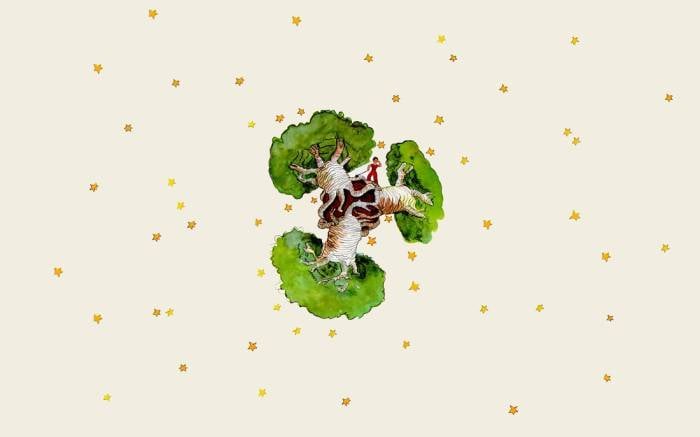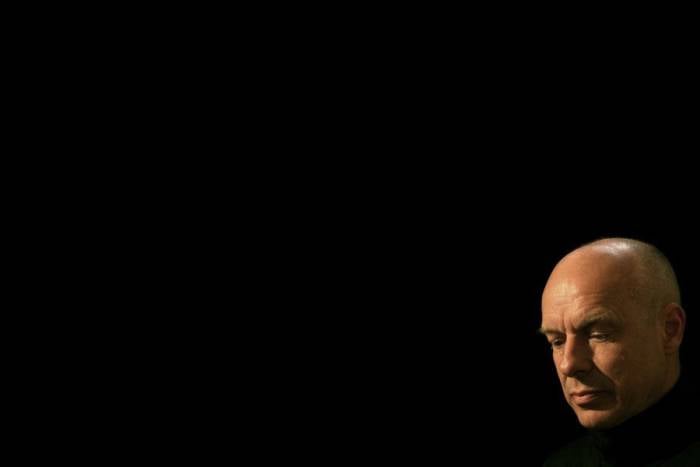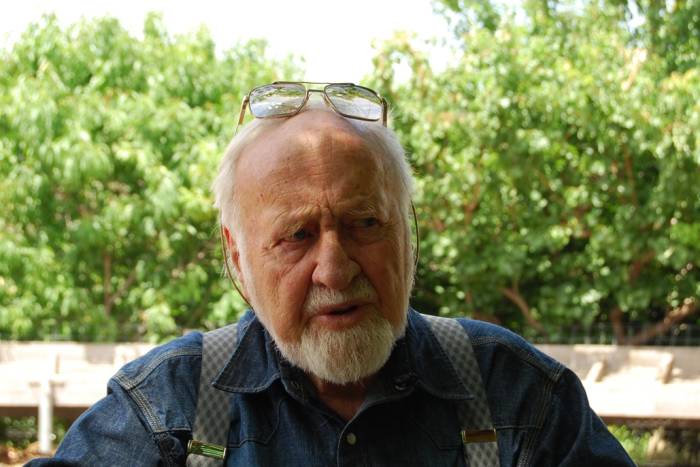John Dee; Elizabethan Magician And Metaphysical Guide To An Empire
Astrologer and counselor to Queen Elizabeth, his wisdom, power, and mystery still inspire.
Were there an archetypal personification of a scholar and a sorcerer, it was Dr. John Dee (1527-1609), alchemist, philosopher, astrologer, mathematician, and cartographer. One of the most learned men of his day, he was also the owner of England’s largest library – said to contain some 4,000 books and 700 manuscripts.
Of Welsh origin, John Dee studied science at the University of Cambridge and in Belgium, and later became a professor of mathematics in Paris. He applied Euclidean concepts to navigation and trained several of the sailors who would later make voyages of discovery during the reign of England’s Elizabeth I – changing the future of the country and the history of its colonies. Dee advocated ideologically for the expansion of the British Empire, and it’s said that he was to give it that name. Legend has it that it was thanks to Dee (and to a powerful spell he cast at the request of the queen) that the English fleet defeated the Spanish Armada in 1588.
Also a notable cartographer, Dee drew maps and routes (especially of the North Sea and across the Atlantic). It’s said that Dee possessed an impressive collection of maps, globes, and navigational devices. Dee, mystic that he was, believed that divine power could be exercised through these mathematics which he understood as a spiritual discipline.
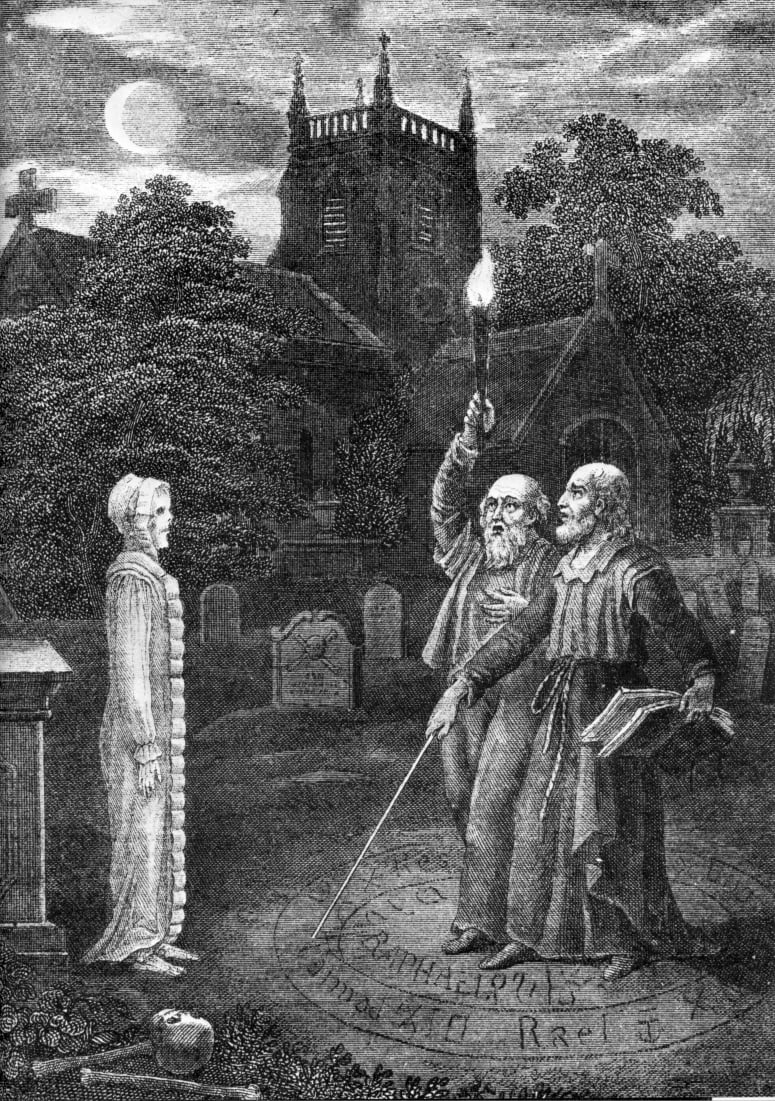
Perhaps one of the most interesting facets of John Dee’s personality emerges from his multiple approaches to the metaphysical world: he was an hermetic philosopher, astrologer, seer, and an alchemist.
In the field of astrology, it was Dee who drew up the horoscope of then-Princess Elizabeth when she was a child. He did so as well for her sister Mary I. (Once on the throne, Bloody Mary temporarily imprisoned Dee for treason.) During Elizabeth’s subsequent reign, however, Dee enjoyed royal favor and became close adviser to the queen. He even chose the date most auspicious, in astrological terms, for her coronation. It’s said that the queen would seek out Dee on her own horse whenever she needed his advice.
Later in his life, Dee devoted himself more deeply to the study of hermetic philosophy and Renaissance neo-Platonism. He spent the last 30 years of his life attempting to speak to angels and to deciphering their “universal language,” which he called Enochian (a reference to the biblical patriarch, Enoch). Based on these conversations, he wrote books which, according to Dee, were dictated by the angelic beings.
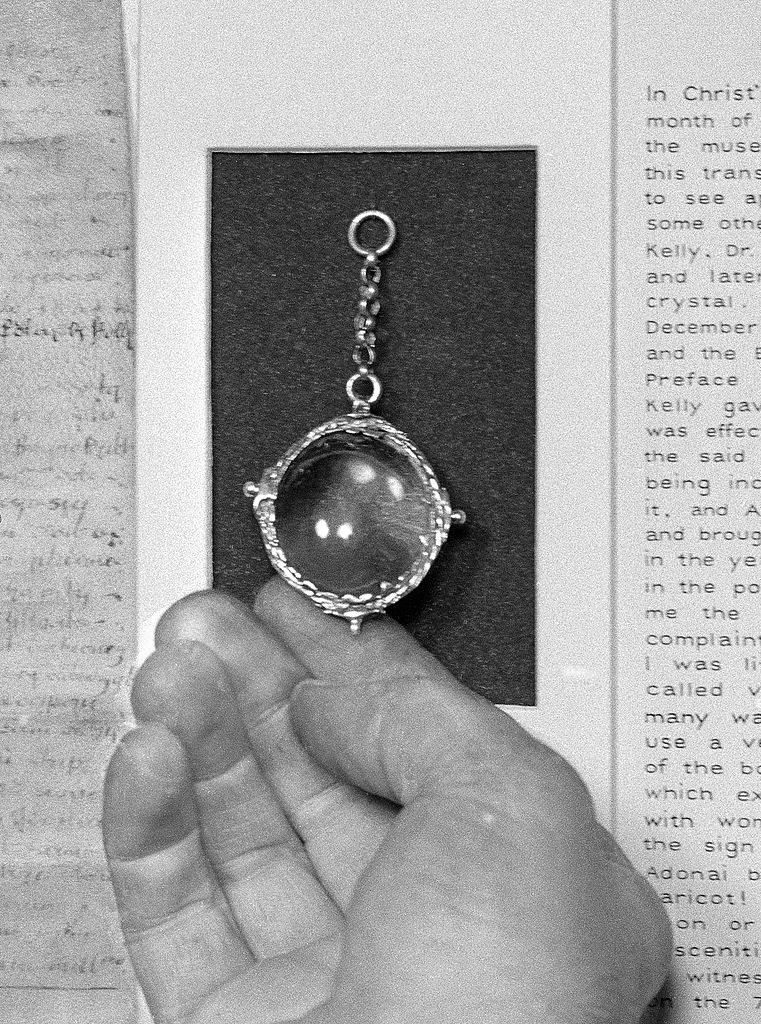
As a seer, Dee used crystal balls and even, it’s said, an Aztec obsidian mirror brought from Mexico to hold conversations with beings from the spiritual world and to predict the future (always maintaining a Christian slant in such rituals). Among his theological aspirations, Dee raised the possibility of uniting the Christian religions, divided at the time with the emergence and propagation of Protestantism, and restoring them to their original unity, and to the essential doctrine which unites them all – a totally revolutionary proposal for his time.
Perplexing, even to this day, a man of such immeasurable importance, and wielding such a spectacular mind, on the death of Elizabeth, he too would die though in poverty. Elizabeth’s successor, James I, would not welcome him to the court. In part, this was due to James’s anti-occultist policies. Even Shakespeare, who knew Dee, based Prospero, the magician protagonist in The Tempest on John Dee, in this, the Bard’s final written work.
Dee is important for many reasons. One is that he found find a way to unite magic and science. As a good magician he inhabited a world between these two frontiers, and in the manner of the great Merlin, he was essential to the creation of the very archetype of the sorcerer, a figure who caught the attention of royalty like few others of his time. Perhaps John Dee’s mind was too advanced for that time. He might also be considered one of the first scientists, at a time when the line between science and metaphysics was only first being traced.
*Images: 1) John Dee. Line engraving / Wikimedia Commons; 2) John Dee and Edward Kelly evoking a spirit / Wikimedia Commons; 3) John Dee’s crystal, used for clairvoyance & healing, 17th C / Wikimedia Commons
Related Articles
Why shrinking the size of life is synonymous of well-being
One of the great misunderstandings regarding modern spirituality is that to achieve it requires many things: readings, food, exercise, travel, groups and techniques. But perhaps it should be suggested
What is energy medicine yoga?
Energy Medicine Yoga (EMYoga) is slightly different from other types of Yoga, but it provides the same benefits in addition to a few very specific ones. One of them is that it gives you much more in
Red tea, the best antioxidant beverage on earth
Red tea is considered to be the most unusual of teas because it implies a consistently different preparation process. ––It is believed that its finding came upon surprisingly when traditional green
Is the internet on the verge of self-awareness?
More than 50 years ago, Marshall McLuhan described technology as an extension of our brains, constantly mutating and branching out. “These new media have made our world into a single unit,” the
How art can help us to age, healthy
Perhaps many of us already well know the formula for aging in health and wellness. A balanced diet and, as much as possible, one that’s natural. Keep our brains active and stimulated. Preserve and
Earthanima: documenting the living language of nature
The basic intuition that the Earth is alive and that nature has a language through which it communicates with us is what prompted this wood-art project named Earthanima. For the past couple of years
Dialogue with the Dalai Lama on science and spirituality
The Dalai Lama has been interested in science since he was a child. Over the years he’s visited many laboratories and has attended conferences that discuss consciousness from the scientific point of
Brian Eno's literary recommendations to rebuild society
Artists and authors often get asked what books or records they’d take with them to a deserted island. On principle, this is naturally an extreme anthology: urgency and tragedy guide its selection. It
Bill Mollison, natural ideologue and father of permaculture
Permaculture has established itself as a path towards communitarianism, but one that is in full symbiosis with nature. In practice, it is more than just a combination of agriculture, horticulture
A New Year's resolution for the earth
Worrisome quantities of waste are generated by human populations. Especially in cities, these have reached unprecedented and alarming levels. A largely uncontrolled practice, it affects everything on

